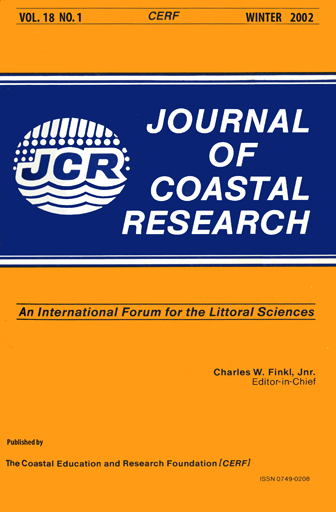Basis and Methods of NASA Airborne Topographic Mapper Lidar Surveys for Coastal Studies
Keywords:
Shoreline change, airborne laser altimetry, LaserMapAbstract
This paper provides an overview of the basic principles of airborne laser altimetry for surveys of coastal topography, and describes the methods used in the acquisition and processing of NASA Airborne Topographic Mapper (ATM) surveys that cover much of the conterminous US coastline. This form of remote sensing, also known as "topographic lidar", has undergone extremely rapid development during the last two decades, and has the potential to contribute within a wide range of coastal scientific investigations. Various airborne laser surveying (ALS) applications that are relevant to coastal studies are being pursued by researchers in a range of Earth science disciplines. Examples include the mapping of "bald earth" land surfaces below even moderately dense vegetation in studies of geologic framework and hydrology, and determination of the vegetation canopy structure, a key variable in mapping wildlife habitats. ALS has also proven to be an excellent method for the regional mapping of geomorphic change along barrier island beaches and other sandy coasts due to storms or long-term sedimentary processes. Coastal scientists are adopting ALS as a basic method in the study of an array of additional coastal topics. ALS can provide useful information in the analysis of shoreline change, the prediction and assessment of landslides along seacliffs and headlands, examination of subsidence causing coastal land loss, and in predicting storm surge and tsunami inundation.


